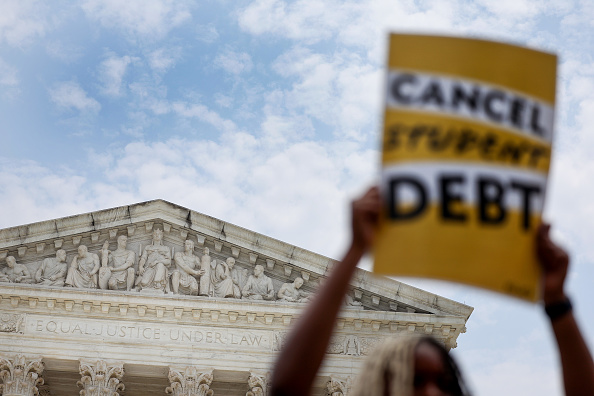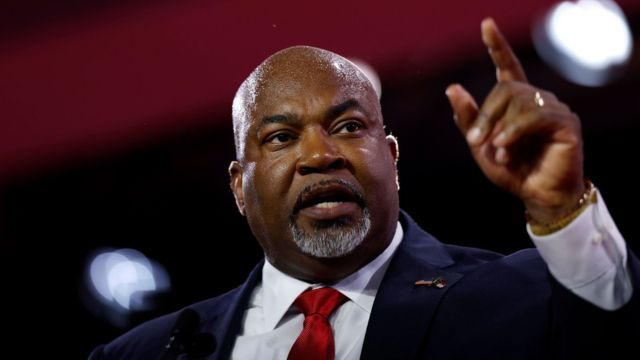In a significant move by the Biden administration, student loan borrowers who witnessed their loans forgiven may find a silver lining when it comes to tax obligations. As per the legal framework, forgiven student loan debt typically translates to additional income for the borrower, mirroring the amount forgiven.
However, a reprieve has been granted to those navigating the intricacies of income-driven repayment (IDR) plans, thanks to the American Rescue Plan Act of 2021.
Under the American Rescue Plan Act, debt forgiven between January 1, 2021, and December 31, 2025, through income-driven repayment plans is exempt from federal taxable income.
This marks a crucial departure from the standard treatment of forgiven debt, offering relief to borrowers working towards financial freedom through IDR plans. The Act provides a shield against the looming tax burden that would typically accompany the forgiveness of student loans.
Beyond IDR plans, borrowers benefiting from the Public Service Loan Forgiveness (PSLF) program also find solace in tax exemptions. The PSLF program, designed to encourage public service work, does not categorize forgiven loan amounts as income for tax purposes.
This dual relief mechanism underscores the administration’s commitment to easing the financial burden on individuals pursuing careers in public service.
While the federal stance on forgiven student loans has evolved favorably, it’s essential to recognize the state-level dynamics at play. Presently, not all states follow the federal lead in sparing borrowers from additional tax liabilities. Five states stand out for potentially taxing forgiven student loans: Arkansas, Indiana, North Carolina, Mississippi, and Wisconsin.
According to Jared Walczak, Vice President of Tax Foundation, the inclusion of forgiven student loans in state taxation doesn’t necessarily indicate a deliberate choice to tax such income. Instead, it reflects the alignment of state tax codes with the Federal Code, creating variations in how states handle the tax implications of student loan forgiveness.

For borrowers residing in states like Arkansas, Indiana, North Carolina, Mississippi, or Wisconsin, understanding the state-specific tax implications becomes crucial. While the federal exemption shields them from additional tax burdens, the state-level variations underscore the need for a comprehensive approach to tax planning.
The divergence between federal and state tax codes regarding forgiven student loans raises questions about the potential financial impact on borrowers. Recognizing this gap becomes paramount, as it prompts borrowers to delve into their respective state tax regulations and plan accordingly.
As student loan borrowers navigate the intricacies of forgiveness programs, understanding the tax landscape becomes a critical aspect of financial planning. The Biden administration’s temporary relief through the American Rescue Plan Act offers respite on the federal front, but the state-level nuances underscore the complexity of the overall tax scenario.
As borrowers tread the path of student loan forgiveness, the intersection of federal and state tax regulations demands careful consideration. While federal exemptions provide a buffer, the potential for state-level taxation necessitates a vigilant approach.
Related News:
- Georgia vs. Trump: Decoding the High-Stakes Legal Showdown
- Georgia Governor Brian Kemp Sends National Guard to Texas Border
- California Democrats Take Strong Measures Against Organized Retail Theft with New Legislation
As the landscape evolves, staying informed and seeking professional advice becomes paramount in ensuring a financially sound journey through the labyrinth of student loan forgiveness and taxes.















+ There are no comments
Add yours